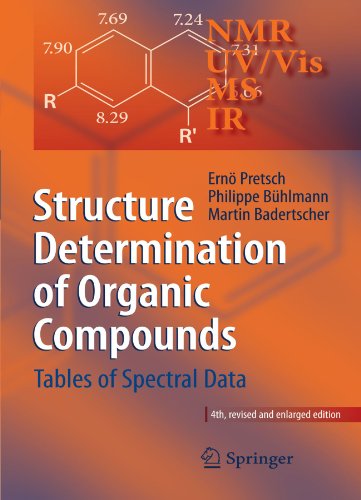

Most ebook files are in PDF format, so you can easily read them using various software such as Foxit Reader or directly on the Google Chrome browser.
Some ebook files are released by publishers in other formats such as .awz, .mobi, .epub, .fb2, etc. You may need to install specific software to read these formats on mobile/PC, such as Calibre.
Please read the tutorial at this link: https://ebookbell.com/faq
We offer FREE conversion to the popular formats you request; however, this may take some time. Therefore, right after payment, please email us, and we will try to provide the service as quickly as possible.
For some exceptional file formats or broken links (if any), please refrain from opening any disputes. Instead, email us first, and we will try to assist within a maximum of 6 hours.
EbookBell Team

0.0
0 reviewsThis fourth edition of the highly successful and concise textbook contains about 20 % new data. Now included are chapters on 19F and 31P NMR as well as references to important Raman bands. With their unique approach of presenting - in the form of texts, tables, charts, and graphs - a succinct compilation of essential reference data for the interpretation of NMR, IR, UV/Vis, and mass spectra, the authors also provide a hands-on guide for interpreting experimental spectral data and elucidating the structure of the respective compounds behind them.
Besides spectra of common solvents, calibration reagents, and MALDI and FAB MS matrix materials, fragmentation rules for mass spectrometry and UV/Vis spectra of representative compounds are included. The book will benefit students during courses and exercises, and advanced learners may use it to supplement their understanding of extended textbooks on the topic. While only a basic knowledge of spectroscopic techniques is required to use this book, it will serve as a data reference for specialists in the field and will support practitioners routinely faced with the task of interpreting spectral information.
From a review of the previous edition:
"Practically all teachers in spectroscopy and countless students know these books and work continuously with them." (Magnetic Resonance in Chemistry, 2002, Vol. 40, Issue 3, p. 247)